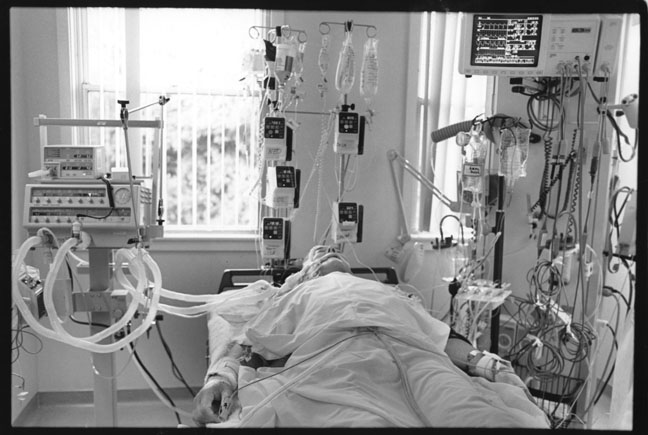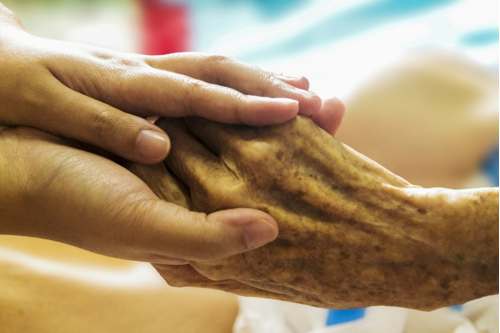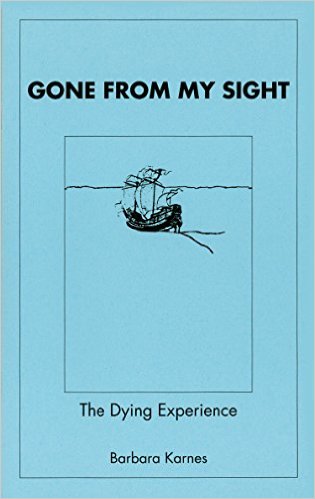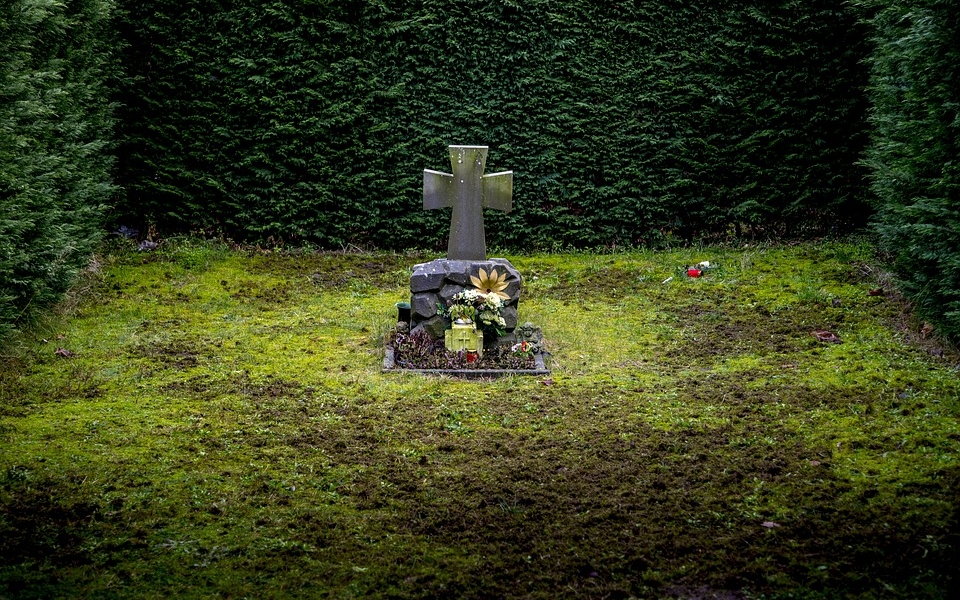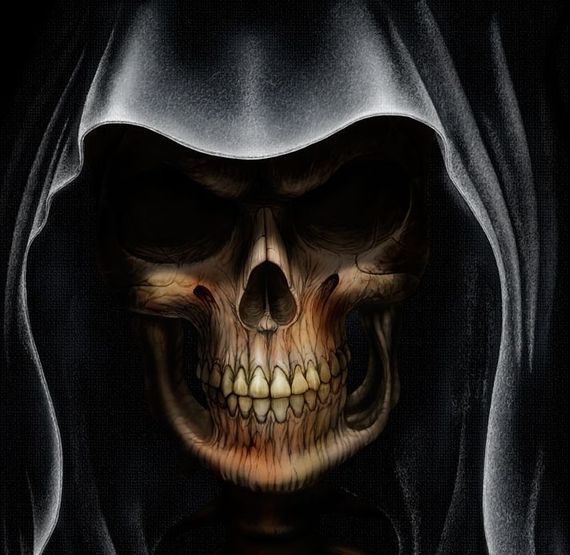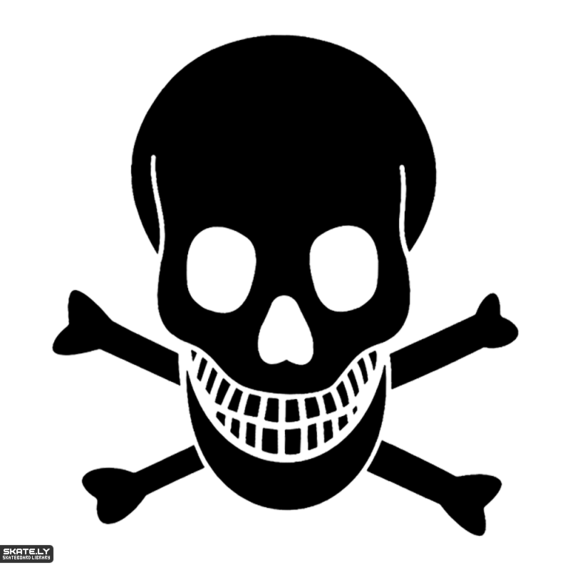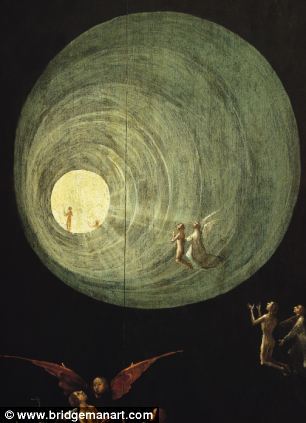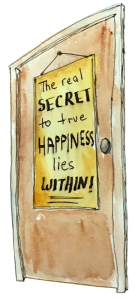Serving as primary caregiver to my mother during the last six months of her life was my first prolonged and intimate encounter with the healthcare system. I was shocked and deeply disturbed to discover the many ways that our healthcare system dishonors, alienates and harms our loved ones entrusted to it. I can only hope that healthcare reform will eliminate the reasons why nurses and other healthcare workers repeatedly giggle dismissively as they say that hospitals are the worst place to be if you are sick, that they are hotbeds for infection.
The truth of this comment rendered me helpless to rescue my mother from an insidious downward spiral as she fell victim to the infections that ran rampant in a local hospital. I do not believe that our hospital was unique in this regard, but rather representative of a growing and deadly problem. Completely unrelated to the diagnosis for which my mother was admitted, she was exposed to one infection after another. Each one was treated with an antibiotic that, in turn, lowered her immune defenses. This rendered her vulnerable to other infections, treated by other antibiotics, and so on, and so on, until she finally died as a result.
Within my mother’s first week in the hospital, she had succumbed to her first two infections: a urinary tract Infection (thanks to the admitting nurse, who did not wear gloves while catheterizing her) and thrush — an infection of the mouth caused by the Candida fungus. The inconsistent adherence to procedures known to minimize the spread of infections appeared to be the combined result of a lack of enforcement and understaffing. It was incomprehensible to me how such a state of affairs could become so commonplace as to be laughed at and dismissed. To me, it was outrageous and completely unacceptable.
I began to wonder how much of the money changing hands in the healthcare and pharmaceutical industries is traceable to the institutional breeding of infections that prolong hospitalizations, debilitate patients and require extensive testing and drug therapies. Looking over the bills for my mother’s last six months of hospitalization and home care, over 90 percent of her medical expenses were attributable to infections that she shouldn’t have gotten in the first place. What is wrong with a healthcare system that makes patients sicker, due to inadequate enforcement of sanitary control measures, while drug companies thrive on the revenues generated by new drugs that are designed to treat these infections?
The only preventive measures I saw were the inconsistent use of the hand washing liquid at the entrance of every patient room and the gowns, gloves and masks used when entering the room of patients known to be contagious. These supplies often ran out without timely replenishment, causing people to enter patient rooms without these precautions.
With overworked nurses and aides, infected patients simply got less care. Rather than running in and out of the rooms of infected patients as needed, nurses and aides would group their patient care tasks into fewer visits. The use of the gowns and gloves were often casual at best. Nurses and aides would hang a gown on the patient’s door and reuse the same gown to save time in serving these patients. It was not uncommon to see medical personnel without gloves leaving an infected patient’s room and going directly into another patient’s room.
Visitors were neither monitored effectively nor properly informed of the importance of infection control precautions. However, it was the doctors who most frequently violated the required protocols; I couldn’t help but wonder if they thought these procedures were beneath them. So, the infections go round and round, compromising the health and recovery of patients, while the pharmaceutical and healthcare companies thrive at their expense.
Infection Specialists were brought in on my mother’s case. She was treated with massive doses of a variety of antibiotics and steroids for her recurring urinary tract infection, frequent bouts with Thrush, three major episodes of parotid gland infections and ongoing battles with a staph infection called MRSA (Methicilllin-resistant Staphylococcus aureus). In older adults and people who are ill, MRSA can weaken the immune system, causing serious skin and soft tissue infections, a serious form of pneumonia and, if not treated properly, can be fatal. She also contracted C. diff (Clostridium difficile), which is spread by the over-growth of C. diff spores — usually due to antibiotic therapy. The antibiotics one might be taking for another kind of infection kill all bacteria in the intestines, allowing this one to over-grow. It can also be spread by hands through direct or indirect contact with contaminated surfaces. Like MRSA, C. diff is a bacterial infection that has become resistant to many antibiotics and is prone to frequent relapses when antibiotics are withdrawn. Infectious disease doctors tend to play hit or miss with their mini-arsenal of antibiotics and steroids in an attempt to keep infections under control. In my mother’s case, these infections never really went away.
My mother had entered the hospital with a head injury from a fall that healed beautifully. She remained in the hospital due to the barrage of infections that bombarded, ravaged and debilitated her. The complacency about hospitals being breeding grounds for infection was painfully evident in the written remarks of my mother’s primary care physician in her discharge papers. He wrote such statements as, “Patient had an uneventful hospital course,” and, “Patient’s stay at the hospital was unremarkable.” What does it take to be eventful and remarkable?
I share my story for two primary reasons. The first is my hope that it will add fuel to the fire of those seeking corrective action. It is simply not OK that hospitals are the worst place to be when you are sick! My second reason is to keep a promise I made to my mother as we walked through the valley of the shadow of death together. When we felt helpless and hopeless, my mother would reach out and grab my arm, look deep into my eyes and, as only a mother can do, elicited a promise from me that I would write articles about what we experienced as “healthcare” in America.
Please join me in being outraged by and intolerant of this situation in our hospitals and other “healthcare” facilities. Let your voice be heard on this one. Complain when you observe unsanitary conditions in healthcare facilities, follow the protocols for infection control and report any breaches of protocol you observe. We deserve and are capable of better than this.
Also, if you know anyone who might get value from this article please email or retweet it or share it on Facebook.

